CHINA - To ensure a stable energy source for Mars exploration, Dr. Xiao Xu has created a cold-resistant space battery that draws energy from the atmosphere.
Under the guidance of Professor Tan Bang, a scholar at the University of Science and Technology of China, postdoctoral researcher Xiao Xu invented the Mars battery. This success not only marked a step forward for humanity in its journey to explore the universe, but also provided an unprecedented energy solution. After many verifications, the research was finally published in the Science Bulletin magazine in early October.
In this study, Dr. Xiao Xu demonstrated extraordinary creativity by designing a battery system that directly uses the Martian atmosphere as fuel for operation. Accordingly, Mars has a harsh environment with a complex atmosphere consisting of 95.32% carbon dioxide (CO₂), 2.7% nitrogen, 1.6% argon, 0.13% oxygen and 0.08% carbon monoxide (CO), with a temperature difference between day and night of up to 60℃.
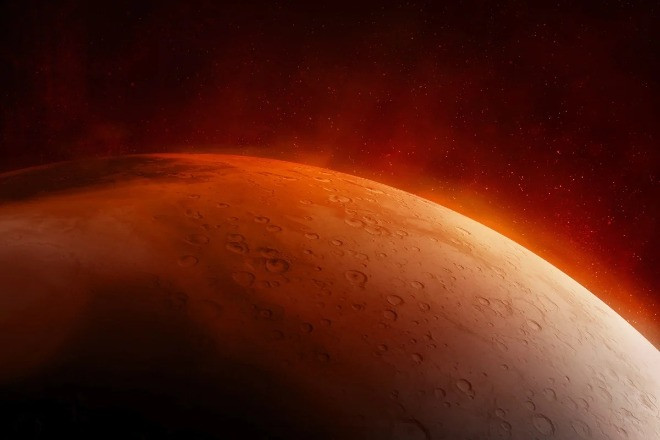
The advent of Mars batteries not only significantly reduces the payload of spacecraft, but also opens up the possibility of exploring space further and longer. The special thing about this type of battery lies in its efficient energy conversion mechanism and outstanding environmental adaptability.
According to the study's author, the Martian battery acts like a "gluttonous eater", directly absorbing atmospheric components as "food", through a complex electrochemical reaction, converting the gift from nature into electricity. When the battery runs out of power, the battery takes advantage of solar energy or uses nuclear energy to charge. After supplying itself with energy, the battery continues to operate normally.
The special feature of the Mars battery is its outstanding performance, even at extreme temperatures. At 0℃, the battery's energy density still reaches a high level of 373.9 Wh/kg and the charge-discharge cycle is 1,375 hours. This means the battery can operate stably for about 2 months on Mars, providing enough energy to power research instruments, communication systems and life-sustaining devices.
In addition, as the temperature increases, the voltage gap, charge-discharge rate and battery power density remain stable. To achieve this result, the research team applied advanced electrode manufacturing technology and designed a layered battery structure to maximize the contact area with the atmosphere and improve the energy density and output power.
Specifically, the test results showed that when the research team increased the size of the battery to 4cm², the battery's volumetric energy density reached a record high of 630 Wh/l and the specific energy was 765 Wh/kg.
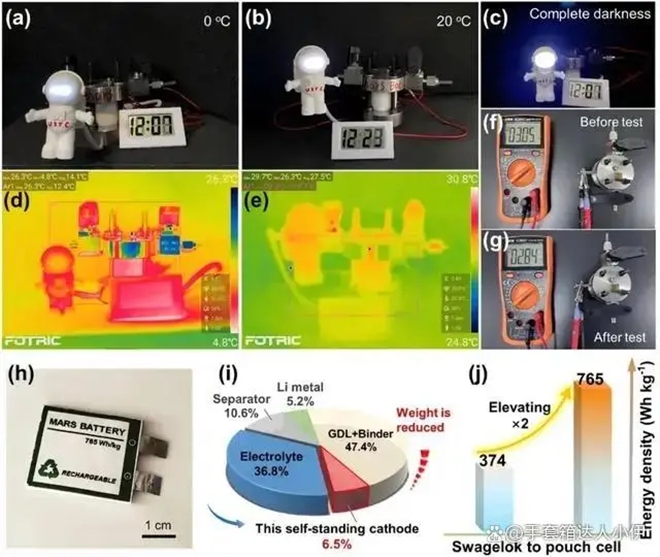
When asked if this type of battery is similar to the solar-powered rover that is "hibernating" on Mars after dust accumulation, Dr. Tieu Huc affirmed that dust accumulation does not affect the performance of Mars batteries.
In the future, the female doctor continues to focus on developing solid-state Mars batteries to solve technical problems related to evaporation in low-pressure environments and when temperatures fluctuate. At the same time, the research team will further explore the integration of thermal and pressure management systems to build a versatile energy system.
These efforts by the research team not only promote the remarkable development of space energy technology, but also lay a solid foundation for space exploration and realize mankind's dream of interstellar travel.
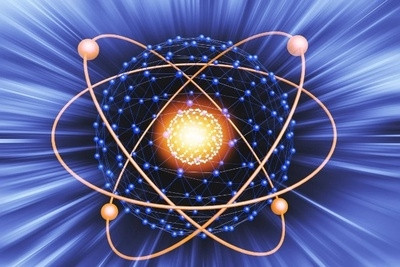
Source: https://vietnamnet.vn/nu-tien-si-tre-tao-ra-pin-vu-tru-chiu-lanh-dung-tren-sao-hoa-2-thang-2334437.html



![[Photo] Prime Minister Pham Minh Chinh chaired a meeting of the Steering Committee on the arrangement of public service units under ministries, branches and localities.](https://vphoto.vietnam.vn/thumb/1200x675/vietnam/resource/IMAGE/2025/10/06/1759767137532_dsc-8743-jpg.webp)


![[Photo] Prime Minister Pham Minh Chinh chairs a meeting of the Government Standing Committee to remove obstacles for projects.](https://vphoto.vietnam.vn/thumb/1200x675/vietnam/resource/IMAGE/2025/10/06/1759768638313_dsc-9023-jpg.webp)

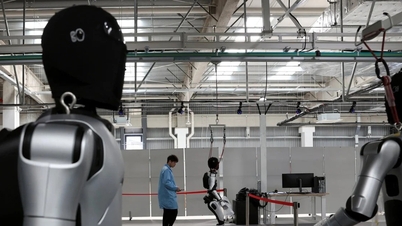

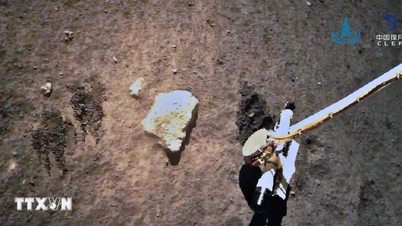




















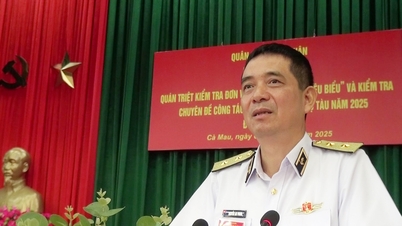






















































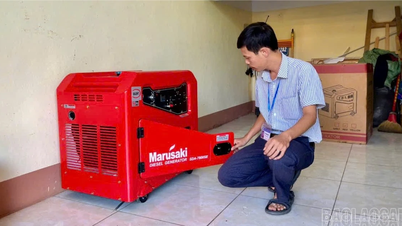
















Comment (0)